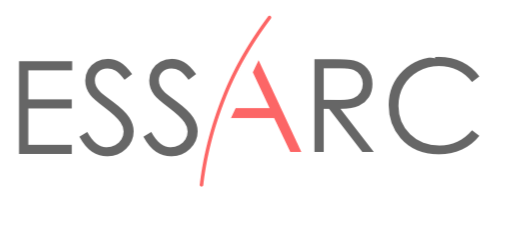First steps
Question
Ask any architect what the most significant aspect of a project is, and they’ll respond, "The design!" Excellent design is essential. A good contractor’s craftsmanship is also a must, but even the best builder won’t get a good result from a bad design.
Design is key, but.... here’s a more critical question: "How do you get excellent design for your site and your needs - your story?" The answer is simple: with a skilled professional who listens AND with the right preparation. Good preparation is especially needed with complex historic renovations and additions. But many design professionals are so eager to initiate the design process that they ignore a crucial first step. Avoiding a small investment up front, when it's easy to change direction, is risky. Possibilities might be missed until later, when changes become expensive.
An Analogy
Building without the right planning is as dangerous as getting up late in the morning, not de-frosting your car, and driving with the windows iced up. Like a horse with blinkers, you’re forced to look through a tiny gap in the icy windshield with no real view of the road ahead, let alone anything that could come out of leftfield. Pretty sure we’ve all done it, but it’s uncomfortable and potentially unsafe. Often we’ll stop and wait until everything is cleared up, which causes a delay anyway.
This is why we’ve developed a service called the Story Board Needs Options and Review. It helps every one of our clients make their project successful. A thorough visit followed by a comprehensive report gives you a clear view of the road ahead.
Objectivity
A truly objective initial view as to whether your ideas are likely to work is an extremely valuable piece of information. It can save thousands of dollars as well as wasted time and effort. For best results, select a firm that charges for this important visit.
A "free consultation" could potentially result in a sales pitch for design services rather than an objective view. Ask yourself: 1. Apart from being hired for the design service, how will that firm recover the cost of the visit? 2. Will the architect be honest about my costs and challenges up front if he or she needs the future contract to pay for the consultation? 3. Will I get a thorough appraisal if it’s free?
A feasibility study reduces the risk of headaches and waste later on. It may keep you from jumping piecemeal into projects that could be more beautifully or more economically accomplished as part of a larger phase. Or it may keep you from taking on too much too soon.
“Julia's pre-design ‘Story Board’ service was really helpful. I LOVED her sketches. Not only did they capture the feel of what we wanted to do with our renovation - they made me (and everyone I showed them to) say "WOW!" And it was great to get her input on our budget and the investment in our property. Julia was generous with her time and gave us prompt service. I look forward to working with her further on our house.” Tracy Van Dorpe, Arlington, MA
The Promise
The Story Board Needs and Options Review allows you to understand the potential and constraints before you get in too deep. It lays a solid foundation for the design and also helps determine if the working relationship is a good fit.
The Process
Our structured system includes the following:
- We will meet to understand your story - your objectives, hopes and dreams - and visit the site.
- We will develop an outline brief describing room functions, relationships, sizes, orientation, and so on.
- We will prepare a site analysis.
- We will identify regulatory and zoning issues.
- We will prepare a conceptual budget for the project.
- We will prepare a preliminary schedule for the project
The Outcome
We will produce the Story Board Report that you can use to get an accurate proposal from us or any other architect – it is yours to keep.
The Investment
The Story Board Review for a residential project is $650-850, and $950-2500 for a commercial project, depending on the scope of work. It includes the initial site visit, the report including sketches and/or photos, and a follow-up meeting, which could include a proposal and contract for the design work.
